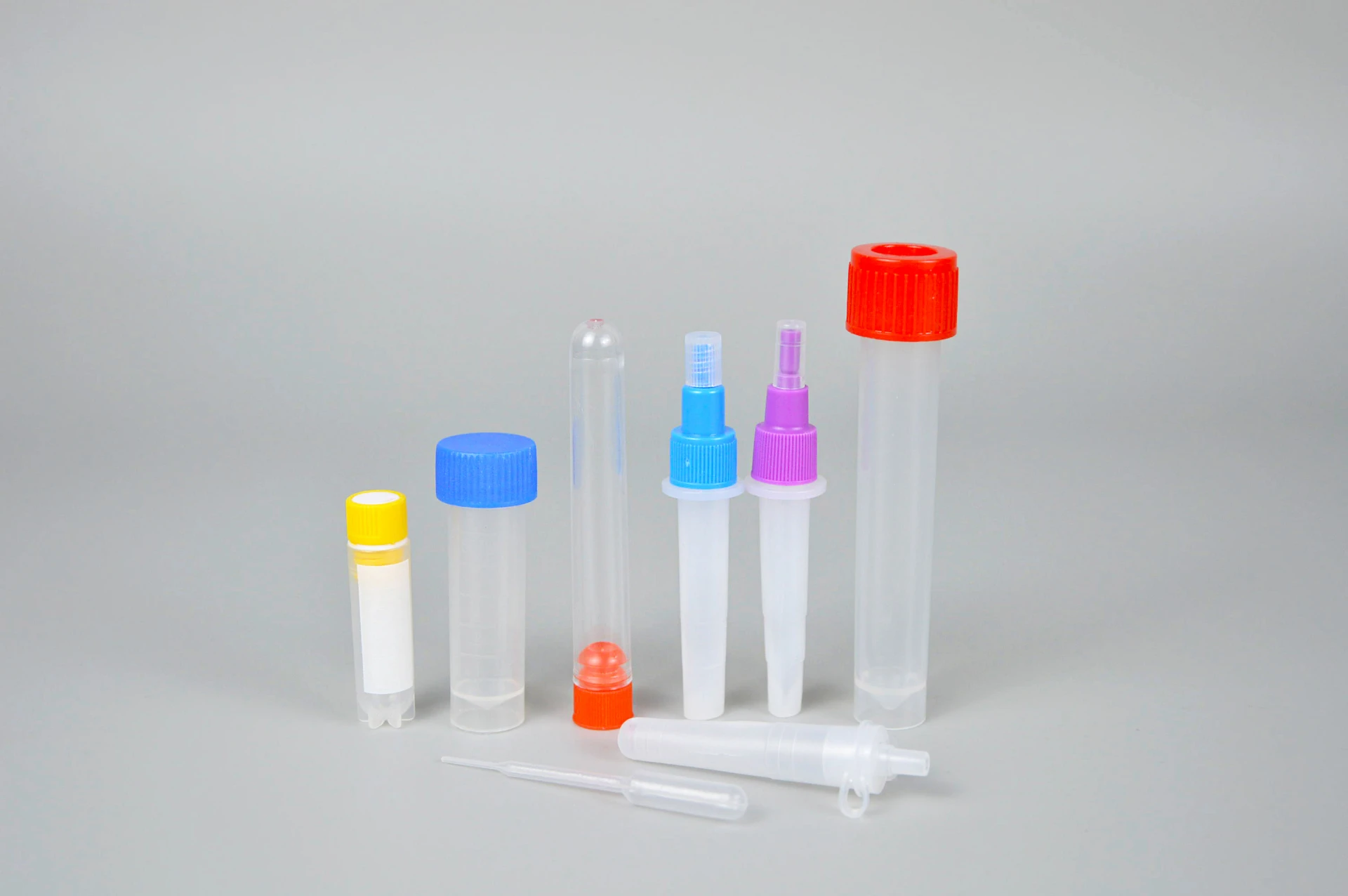blood sample tube colors
Understanding Blood Sample Tube Colors A Guide for Healthcare Professionals
In the field of medicine, proper specimen collection and handling are essential for accurate diagnosis and treatment. Among the various aspects of sample collection, the color of blood sample tubes plays a crucial role in identifying the type of additive inside the tube. These additives are designed to preserve the sample or aid in specific tests. This article delves into the various blood sample tube colors, their purposes, and the significance for healthcare professionals.
Common Blood Sample Tube Colors and Their Functions
1. Red Tubes Red-top tubes are typically used for serum collection, and they are devoid of any additives. When blood is drawn into a red tube, it is allowed to clot, and the serum can be separated through centrifugation. These tubes are ideal for chemistry tests, serology, and blood bank studies.
2. Blue Tubes Blue-topped tubes contain sodium citrate, an anticoagulant that prevents blood from clotting. They are primarily used for coagulation studies, such as prothrombin time (PT) and activated partial thromboplastin time (aPTT). It is crucial to fill blue tubes to the indicated volume requirement to ensure accurate test results.
3. Green Tubes Green-top tubes contain heparin, another type of anticoagulant. They are versatile; depending on the type of heparin used—lithium or sodium—these tubes can be used for a range of tests including stat chemistry, plasma tests, and certain genetic studies. The use of heparin allows for quick processing and results.
4. Lavender/Purple Tubes Lavender or purple tubes contain EDTA (ethylene diamine tetraacetic acid), a potent anticoagulant that works by binding calcium in the blood. These tubes are primarily used for hematology studies, including complete blood counts (CBC) and blood smears. It is important to mix EDTA tubes gently to prevent hemolysis before testing.
blood sample tube colors

5. Gray Tubes Gray-top tubes contain sodium fluoride and potassium oxalate. Sodium fluoride acts as a glycolytic inhibitor, preventing glucose breakdown in the sample, making these tubes suitable for glucose tolerance tests and lactate measurements. These tubes are critical for detecting metabolic disorders.
6. Yellow Tubes Yellow tubes often contain either acid-citrate-dextrose (ACD) or a mixture of sodium polyanetholesulfonate (SPS) for blood culture. ACD tubes are useful for blood banking procedures, while those with SPS are employed in microbiological tests to detect bacteria in the bloodstream.
Importance of Proper Tubing Selection
Choosing the correct blood sample tube is vital for obtaining accurate test results. The wrong type of tube can lead to incorrect test outcomes, affecting patient care. For instance, using a lavender tube instead of a blue tube for coagulation studies can result in false low coagulation levels due to the presence of an anticoagulant where it is not required.
Furthermore, healthcare professionals need to be aware of the requirements for each type of sample tube, including fill volumes and the need for inversion after collection. Proper mixing can prevent clot formation in anticoagulated samples, ensuring that tests run smoothly.
Conclusion
Blood sample tube colors are not merely a matter of aesthetics—they carry functional significance that is essential for laboratory accuracy and patient safety. Healthcare professionals must be educated about the various colors and their specific purposes to optimize sample collection processes and ensure high-quality laboratory outcomes. By implementing rigorous protocols and standardizing practices regarding blood sample tubes, healthcare providers can significantly enhance diagnostic accuracy and improve patient care.
-
Aesthetic Makeup Spray Bottles | Fine Mist Empty RefillableNewsAug.19,2025
-
White Plastic Veterinary Vaccine Vials | Lab Liquid BottlesNewsAug.18,2025
-
Plastic Medicine Liquid Bottle: Secure Flip Top Drug VialsNewsAug.17,2025
-
Durable 250ml Blue Plastic Vaccine Vial for Lab & Vet UseNewsAug.16,2025
-
Sterile Virus Sample Tubes: Secure & Reliable Specimen CollectionNewsAug.15,2025
-
White 250ml Plastic Vaccine Vial for Lab & Vet MedicineNewsAug.14,2025
























